Ford dropped a shift at the Dearborn, Michigan plant assembling its all-electric F-150 Lightning. The automaker blamed “multiple constraints,” for the move, but the UAW says the production cut comes as sales “have tanked.” If anything, Ford expected a growing surge in demand as it prepares a major expansion of capacity at its Rouge Electric Vehicle Center.
Ford’s big plans for the F-150 Lightning pickup may have short-circuited.
The automaker confirmed it temporarily idled one of the two shifts producing the battery-powered truck at its Rouge Electric Vehicle Center in Dearborn, Michigan.
The cutback comes just as Ford was readying a big expansion at the facility which is located a few miles from its headquarters and alongside one of the facilities producing the conventionally powered F-150 family.
“We are adjusting the schedule at the Rouge Electric Vehicle Center because of multiple constraints, including the supply chain and working through processing and delivering vehicles held for quality checks after restarting production in August,” Ford said in a statement.
From hero to zero?
When Lightning was first announced two years ago, Ford was flooded with advance reservations — so many that it set about increasing the capacity of the EV facility from an initial 25,000 annually to 150,000.
But Ford insiders have told Headlight.News far fewer of those reservations have been converted to actual orders than the automaker had anticipated.
“It doesn’t take a rocket scientist to figure out that our sales for the Lightning have tanked,” an internal memo leaked by the United Auto Workers union to the Wall Street Journal said.
After rapid growth, EV sales start to flatten
Exactly why sales of the Lightning has plunged isn’t clear, but after a significant surge in demand for EVs, in general, during the past four years there’s been a general downturn, according to industry sales data.
In 2019, EVs accounted for less than 1% of the U.S. new vehicle market, a figure that jumped to 5% in 2022, and again surged to more than 8% early this year. But the numbers have since flattened out, reported J.D. Power, even though the overall U.S. new vehicle market continues to rebound.
Pricing problems
Pricing has been a big issue, the typical EV running anywhere from $5,000 to as much as $20,000 more than comparable gas-powered vehicles. Buyers could count on federal tax incentives to help offset that gap – at least, until the Inflation Reduction Act was passed by Congress in August 2022. It set stiff domestic sourcing targets for not only EVs but their batteries and even raw materials like lithium, cobalt and nickel.
Lightning met the sourcing mandates for the $7,500 federal credits. But some of the better-equipped versions, such as the Platinum model, exceed caps on both pricing and buyer income also included in the IRA.
Range and charging concerns
Adding to Ford’s headaches, while Lightning has received many positive reviews it has been faulted for the sharp dip in range it experiences when towing. The most efficient versions, such as the F-150 Lightning Lariat, deliver an EPA-rated 320 miles. But that can drop by half — or more — when towing a maximum load, especially in cold weather.
And, as with EVs, overall, there’s been growing public concern about the limited public charging network.
Ford took steps to assure customers they’ll have plenty of places to plug in, over the summer announcing an alliance with Tesla that will let its EV owners use the vast Supercharger network.
Ford reverses course
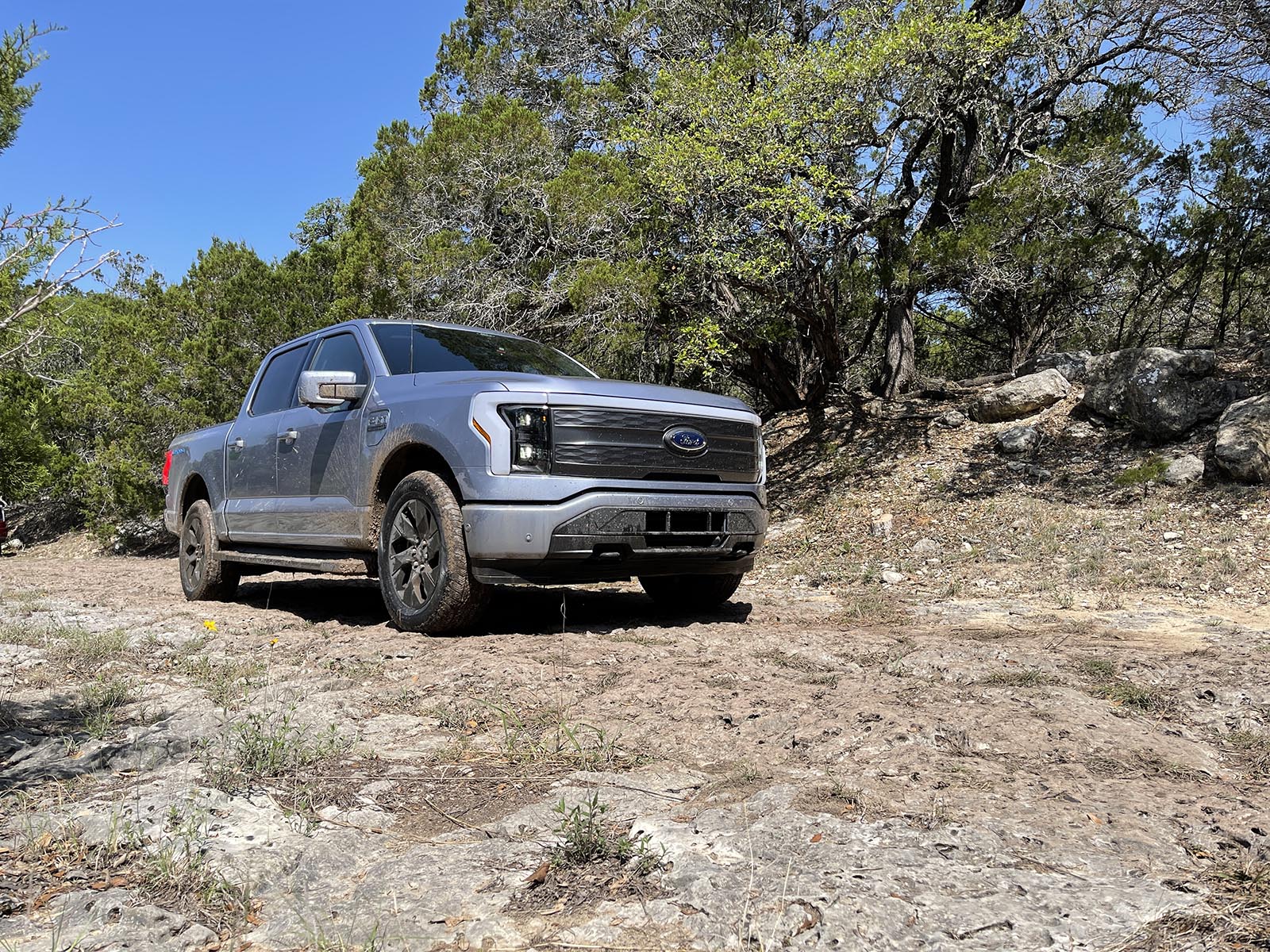
Ford tried raising prices on Lightning, only to slash its MSRP by as much as $10,000 after Tesla touched off an EV price war.
Ford didn’t help itself when, in the first months after launching Lightning it announced across-the-board price hikes. In March, it raised the MSRP for the commercial version of the electric truck, the F-150 Lightning Pro, to $59,974. The Pro originally debuted at $39,995. The mid-range retail model, the Lariat Standard, got a $1,500 bump, going from $74,474 to $75,974. And the top-line Lightning Platinum model jumped to $98,974, up from $96,874.
With Tesla touching off a price war, however, Ford has since moved to reduce the sticker numbers on both the Lightning and its Mustang Mach-E EVs.
The standard-range Pro package, now goes for $49,995, a $9,979 discount, while the long-range Platinum, received a $6,079 cut, to a base MSRP of $91,995.
Ford, meanwhile, has launched a new version of the truck, the Lightning Flash, hoping to regain momentum.
Competition coming
Despite the price cuts, Ford acknowledged that Lightning sales for the third quarter plunged 46% year-over-year, to 3,503. That’s well short of its expectations when it announced plans for the big Rouge Electric Vehicle Center’s expansion.
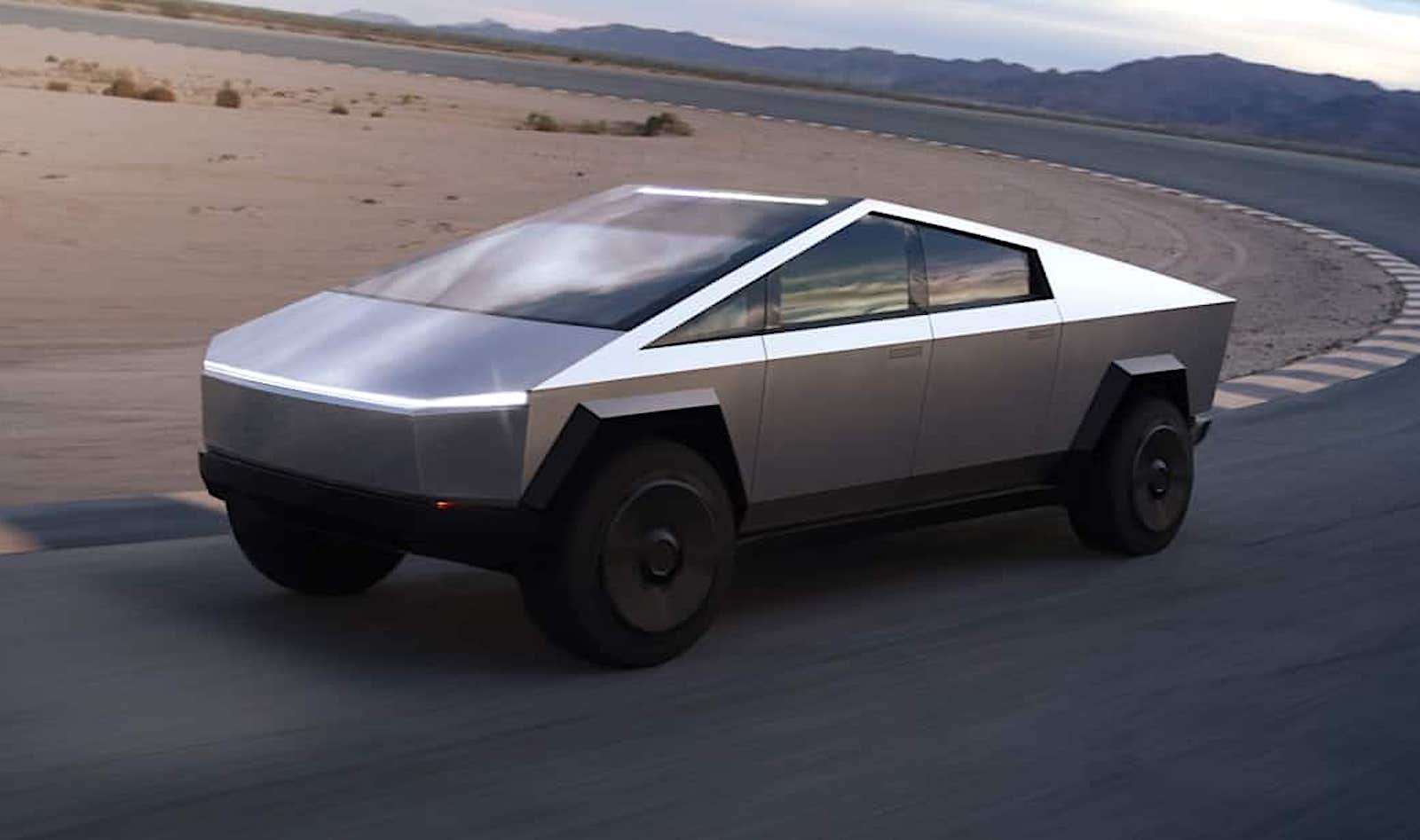
The Tesla Cybertruck has been delayed several times, but there’ve been numerous sightings of it on car carriers in recent weeks.
Going forward, Ford faces additional problems. General Motors is just beginning to roll out the commercial version of its Chevrolet Silverado EV, with a retail model to follow in 2024, along with the GMC Sierra EV. Tesla, meanwhile, has begun shipping some of the Cybertruck pickups it is assembling in Texas, though it has yet to announce timing for the formal launch of sales.
Stellantis is readying its own all-electric pickup, the Ram 1500 REV, with a late 2024 launch scheduled. Significantly, the Euro-American automaker is planning a version that will come with a gas-powered “range-extender,” capable of keeping it running even when its batteries run out.
“Ford and other automakers are starting to reconsider their EV growth strategies, shifting away from pure battery EVs more towards plug-in hybrids,” CFRA auto analyst Garrett Nelson told Yahoo! Finance.

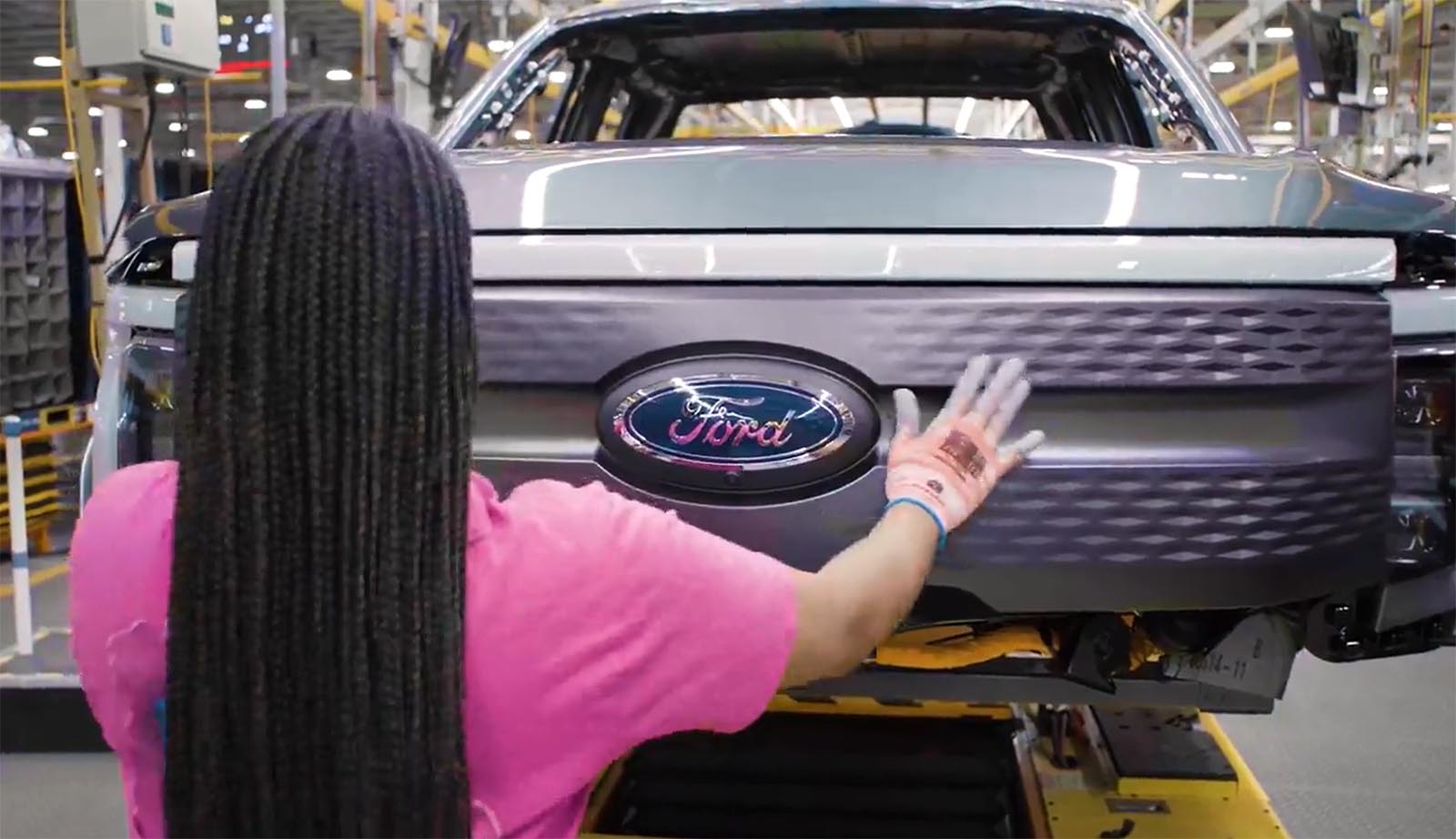
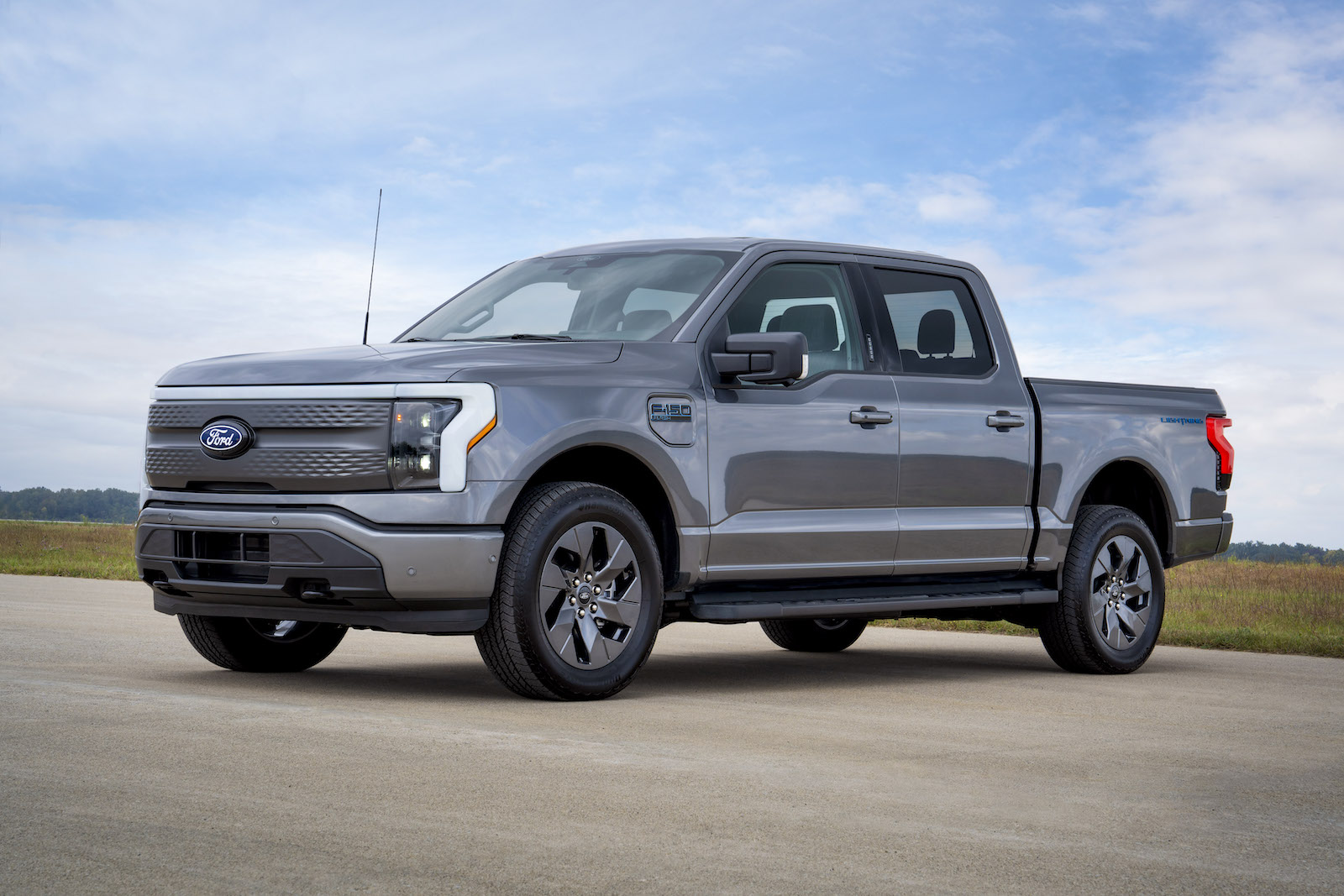

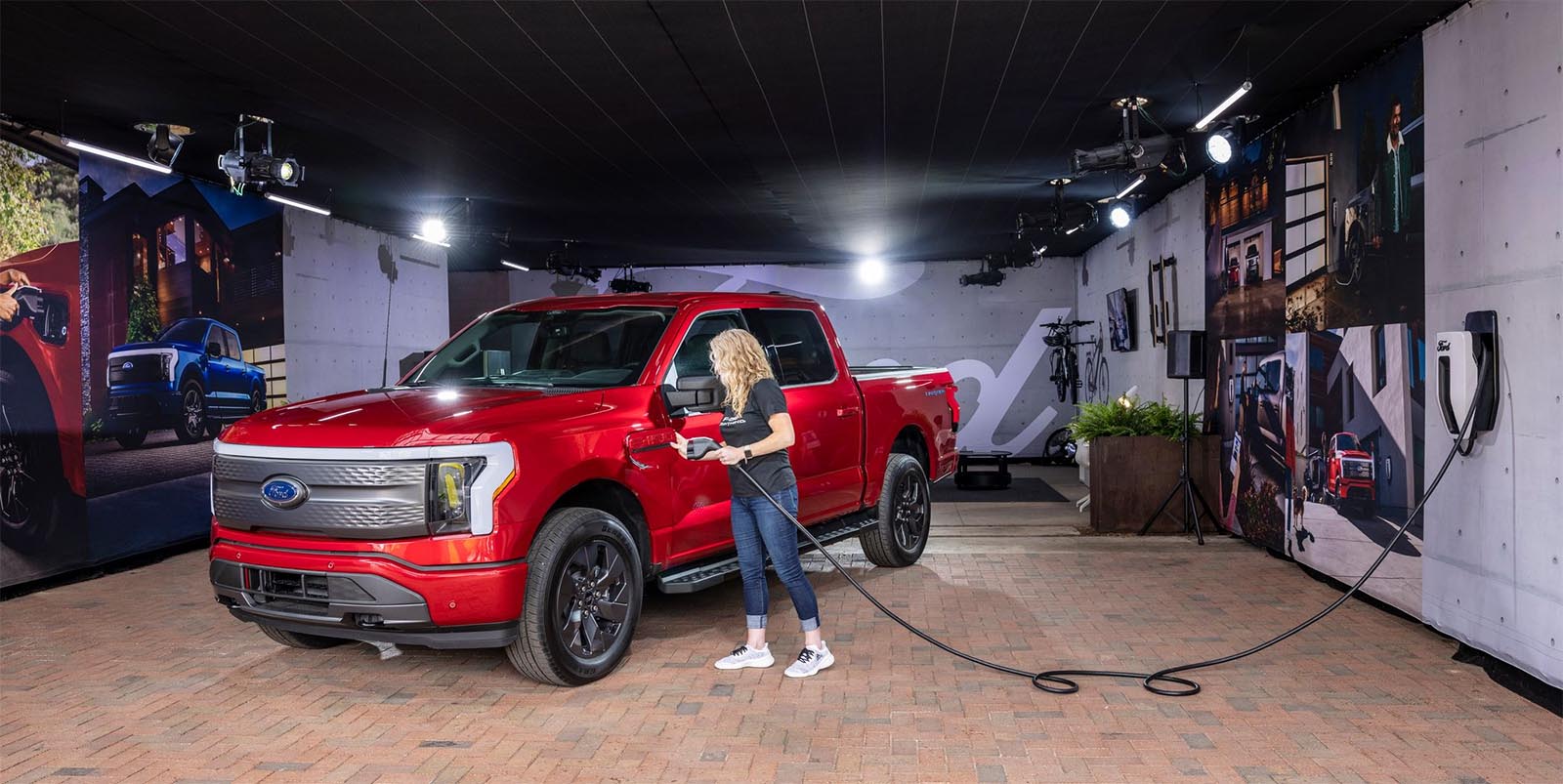

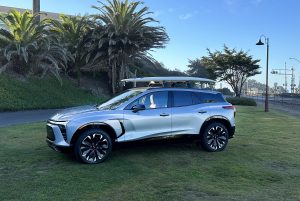
0 Comments